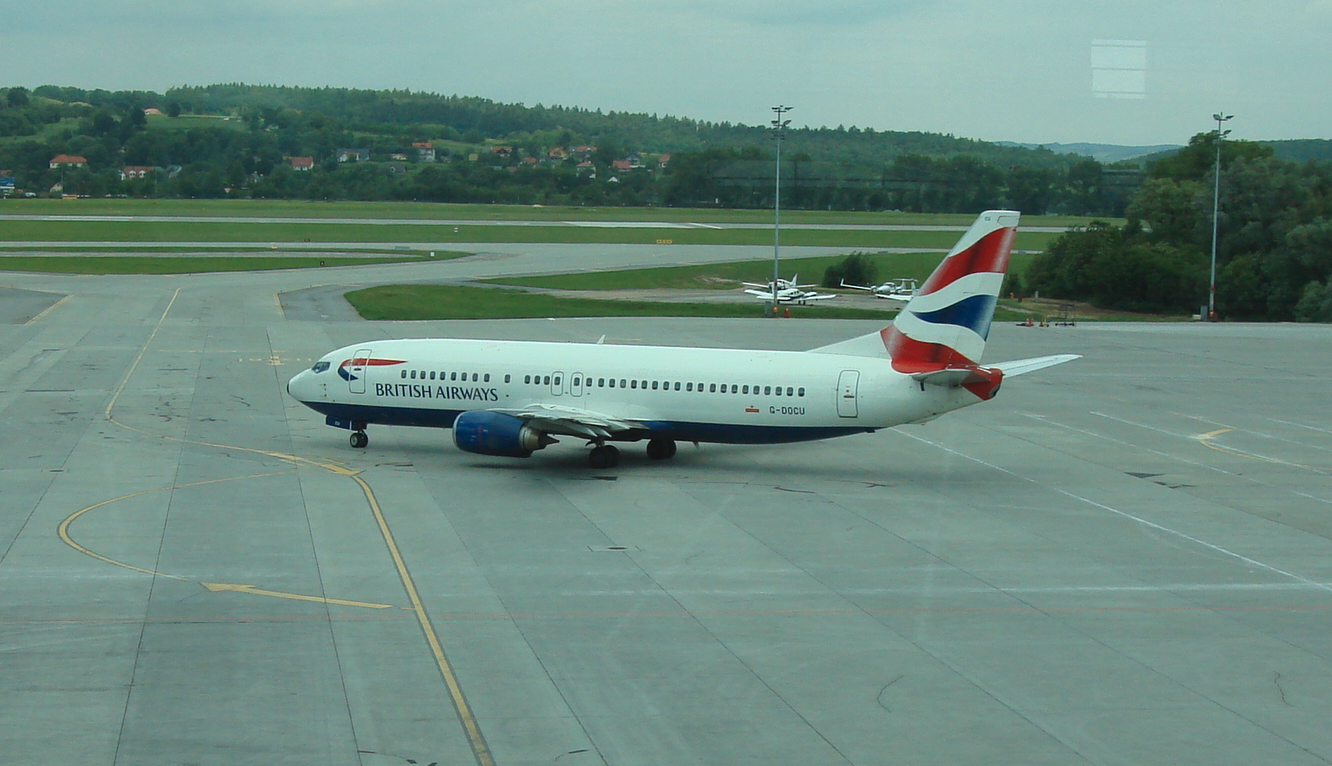Kraków 2012-10-10
Safety in civil air transport.
Introduction
It is not a truism to say that aviation is the safest means of transport. Accidents in the air occur not only a few hundred times less often than on the roads, but also the total number of people injured in them is much smaller.
According to statistical data, if we take into account the number of accidents that occur in a billion kilometers traveled, to be a shareholder in a plane crash should fly continuously for nearly 200 years. Statistically, the probability of losing a life in an airplane is 8 times lower than on a bus, 62 times lower than in a car, and more than a thousand times lower than when walking.
According to data from Aircraft Crashes Record Office (ACRO) – an independent organization that monitors the number of aircraft accidents capable of transporting at least six people – in the last decade (2000-2009) there have been nearly 2,000 accidents. Over 13,000 people died in them. In 2009, 122 accidents were recorded in which exactly 1 103 people lost their lives.
More than half of flight accidents occurred during landing or landing approach maneuvers. The vast majority of them also happened within 10 km of the airport apron (take-off areas).
According to data provided by the Aircraft Crashes Record Office, the most common cause of air accidents is human error. As much as 67% is a mistake of a pilot, navigator, mechanic or flight controller; is the main reason for the disaster. In over 20% the equipment is to blame, and in almost 6% – the weather. Terrorist attacks or other forms of sabotage are responsible for 3.25% of accidents.
However, all this is just statistics. And taking into account other indicators, for example the number of trips made, the metro is the safest means of transport for every billion trips made, followed by a bus. Here are the fewest deaths. Most deaths are on motorcycles and bicycles.
But we still say with certainty that the plane is the safest. This does not mean, however, that the catastrophes, accidents and incidents have ended. But unlike other means of transport, every accident in aviation is meticulously analyzed (with a few exceptions), conclusions are drawn, recommendations are made so that in the future such a tragedy never happens again.
Air accident.
The words catastrophe or an air accident have always electrified society. And nowadays, especially when the media is only looking for sensation.
An air accident, as defined by the International Civil Aviation Organization (ICAO), is any event related to the operation of an aircraft that occurs between the time a person occupies a seat in the aircraft and the last person leaves it. This event may be associated with the death or serious injury of any person on board the aircraft, or the destruction, damage, failure or disappearance of the aircraft itself. An accident can occur both in the air and on the ground.
However, it must be remembered that there is never one reason for a disaster. It is always a combination of accidental or deliberate actions, which results in an improper situation, threatening the health and life of people in the air, and often on earth, as well as material and environmental losses. Added to this are the socio-social, local-environmental and family dramas.
There are several classifications of aviation accidents, but none of them is completely satisfactory. And this is because there are no two identical air accidents. At the same time, a given case may fall into two or even three categories.
The basic division is the division into civil and military aviation accidents. We do not deal with the latter in this work, although military aspects will appear. In civil aviation, to facilitate classification, we have intentionally omitted accidents occurring in sport, operational, experimental, private and helicopter transport. Thanks to this, the division is more transparent and reflects the area of interest to us.
Classification of accidents:
- Aviation disasters involving pilot errors.
- Aviation disasters involving flight control errors.
- Aviation disasters involving maintenance errors.
- Disasters due to construction errors.
- Aviation disasters of unknown cause.
- Incidents equated to a plane crash.
- Disasters due to meteorological conditions.
- Disasters due to poor airport infrastructure.
- Hijacking of aircraft.
- Terrorist attacks on passenger aircraft, bombs on board, terrorizing the crew.
- Shooting down aircraft.
Written by Karol Placha Hetman

